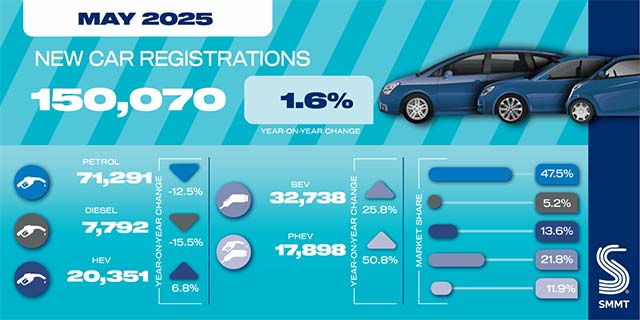Extrusion‐Based 3D Bioprinted Gellan Gum/Poly(vinyl alcohol)/Nano‐Hydroxyapatite Composite Bioinks Promote Bone Regeneration
Advanced Healthcare Materials, EarlyView.

This work presents novel 3D bioprinted construct consisting of gellan gum/polyvinyl alcohol/nano-hydroxyapatite for bone tissue regeneration. All examined bioink compositions are assessed regarding their physicochemical, mechanical properties, and their biological response. The composite bioprinted constructs with encapsulated living pre-osteoblasts display excellent printability, controllable biodegradation rate, and strong osteogenic cell responses, highlighting their strong potential for bone tissue engineering applications.
Abstract
3D bioprinting is a versatile technology using bioinks comprising living cells mixed with biomaterials and biomolecules to biofabricate structures with precise spatial hierarchy. Based on this principle, novel 3D bioprinted constructs are designed, comprising the natural anionic polysaccharide gellan gum (GG), the synthetic polymer poly(vinyl alcohol) (PVA), and pre-osteoblastic cells. Moreover, nano-hydroxyapatite (nHA) is included to the GG/PVA blend as an osteoinductive biomaterial. The integration of nHA led to significantly improved printing accuracy, while the rheological evaluation showed that all bioinks exhibited shear-thinning properties and viscosity recovery capability close to 90%. Biodegradation studies revealed reduced mass loss rates of up to 16% in the presence of nHA, compared to those of the GG/PVA control at 27%, after 3 weeks. Biocompatibility data correlate to the material stiffness, with lower GG concentration bioinks retaining cell viability higher than 85% after 7 days, while higher GG concentration counterparts showed values close to 50%. The osteogenic capacity of lower GG concentration bioinks are monitored through alkaline phosphatase, calcium, and collagen production, and osteogenic gene expression analysis, showing a significant upregulation in nHA-containing bioinks. The results demonstrate that the nHA bioinks display viscoelastic properties and biological response suitable for bone tissue engineering applications.
















































































































































